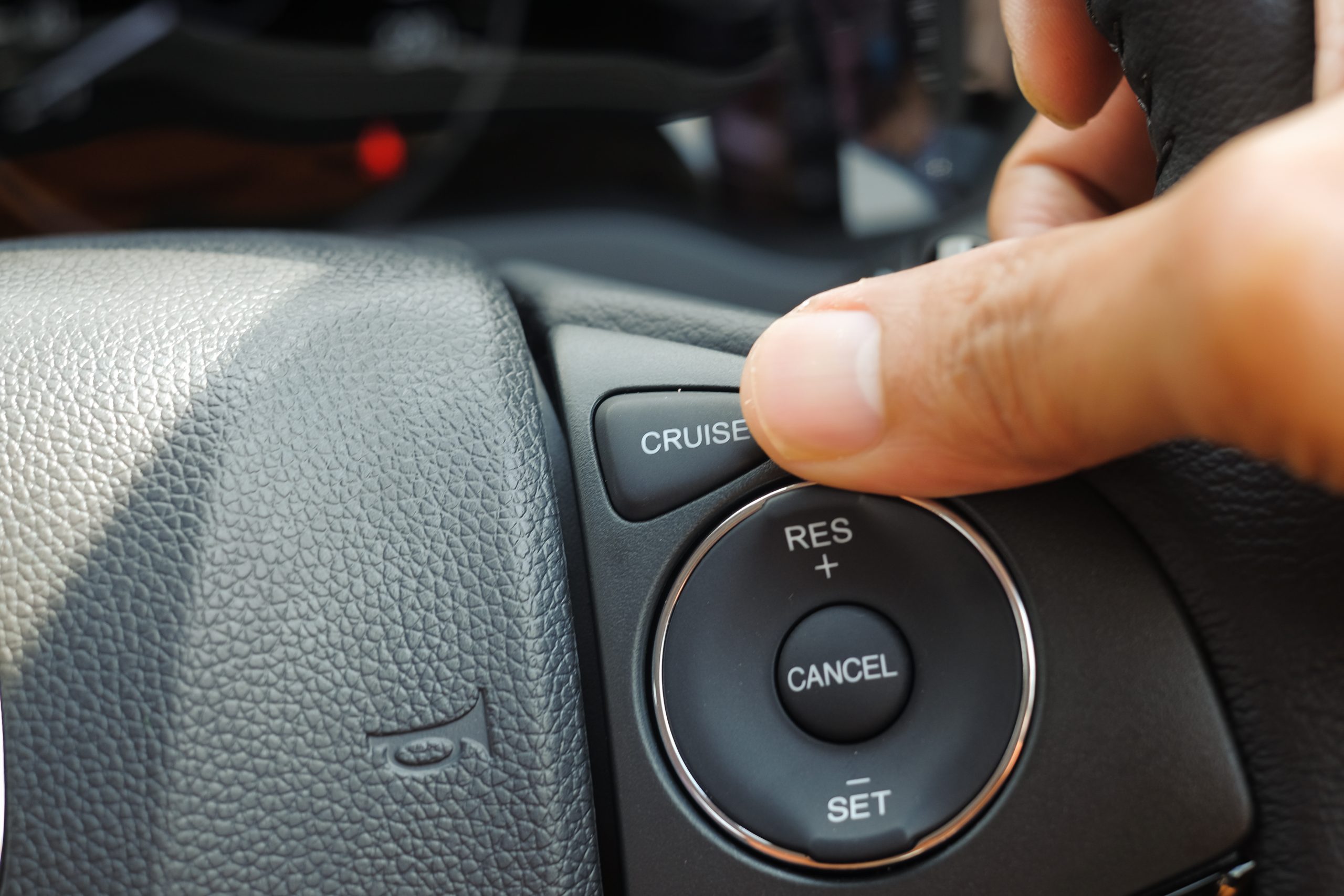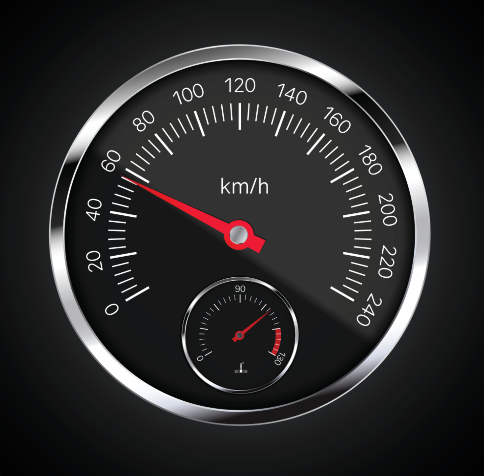Tips to control your speed

Tips to control your speed
When people drive too quickly, they may end up paying fines for speeding. When they drive too slowly, they could end up with many angry drivers lined up behind them. Finding and maintaining the right speed is an important skill for all drivers. With the right techniques, all drivers can learn to control their speed on the road.
Driving a vehicle is a complicated process involving attention to a wide variety of factors. Staying within the lanes, switching gears if necessary, paying attention to traffic lights and road signs, and watching for other road users can distract drivers from checking the speedometer. With the driver looking elsewhere, it can be easy to speed up or slow down without realizing it. However, learning to maintain a steady speed can be good for the environment, as well as making driving easier for others on the road.
Fuel and Cruise Control

According to Natural Resources Canada, maintaining a steady speed is beneficial for fuel efficiency. Fluctuating between 75 and 85 kilometres per hour every 18 seconds, for example, can increase fuel consumption by 20%. On highways and other high-speed roads with few stops, cruise control is a good option for maintaining a constant speed while reducing strain on the driver’s foot and leg. Even otherwise, driving at a steady pace can help vehicle owners save money on fuel costs.
In cities and towns where drivers have to stop frequently, using cruise control is not normally feasible. Drivers have to learn to control their speed in other ways or resign themselves to looking at the speedometer every few seconds. In some cases, variations in speed can be helpful, such as when a vehicle slows down while going up a hill, thus avoiding putting too much strain on the engine. Similarly, a vehicle going downhill can pick up some momentum, as long as the driver stays in control.
Gauging Speed
Maintaining a constant speed need not be entirely an individual task. Watching other traffic is often a good guideline on how quickly or slowly to drive. If a vehicle is passing most others, the driver is likely speeding, but if it is falling far behind, the driver is probably going too slowly. Drivers should still occasionally check their speedometers to be sure that they are going at the right pace, but following traffic can help keep them from large variations in speed.
Sometimes, following the pace of other traffic is impossible or inadvisable, either because the road is empty or because others are driving either too quickly or too slowly. Learning to judge a vehicle’s speed by the feel of how it is working can be helpful in this regard. One way is by sound. In manual transmissions, it can be easy to tell a vehicle’s approximate speed by the sound of the engine as it becomes more strained close to the point of a gear change. Even in automatic vehicles, drivers can listen for the gear changes and learn the corresponding speeds for each one.
Getting a feel for each speed is one of the teaching techniques described on the Cullington Driving Concepts website. Students learn to estimate their speed with the speedometer covered, going by the feel of the acceleration and braking rather than looking at the numbers. It is generally inadvisable to ignore the speedometer except under the supervision of a driving instructor. Still, learning the feeling of different speeds is a valuable skill.

Watching the surroundings is another way to judge speed, especially for drivers with some experience. Once a driver knows how quickly the surroundings pass by at certain speeds, it can be easier to translate that knowledge into an estimation of the vehicle’s pace. The transition from one speed to another, such as going from a highway to a city street, can be difficult. However, most drivers should not need more than a few minutes to make this adjustment.
Techniques for Maintaining Speed
The ability to feel different speeds is valuable, but drivers still need to be able to maintain a reasonably steady pace. A fluctuation of even a few kilometres per hour can burn more fuel while also frustrating or confusing other drivers as they decide whether or not to pass a slower vehicle. The E-Permit Test website suggests dealing with these issues by keeping the heel of the right foot on the floor of the vehicle and pressing the accelerator with the ball of the foot.
Keeping the heel on the floor allows the driver to apply a controlled amount of pressure on the accelerator. It may take some time for drivers to learn how hard to press on the accelerator to stay at a particular speed, but practice can help drivers develop their motor memory for the task. This term refers to the physical habits that people develop over time when they regularly perform a task. The same kind of memory is at work when people learn to tie their shoelaces without considering each step.
Motor memory is an important aspect of driving. Over time, people develop an ability to use the pedals, signal, and turn almost automatically. Although this ability can be dangerous in some circumstances, such as when a vehicle is turning a corner, it can be useful for learning to control the accelerator. For developing this kind of memory, drivers need to be aware of any slight differences in the amount of pressure they place on the accelerator and try to duplicate the same technique the next time. Eventually, this will become a habit.
Drivers should also be aware that the numbers showing on their speedometers may not be accurate. According to a 2013 Globe and Mail article by Jason Tchir, most speedometers are designed to show a reading slightly higher than the actual speed. Thus, drivers may be travelling more slowly than they realize. Often, the loss of air or new wheels can change speedometer readings. Drivers may need to adjust their driving techniques for factors like these.
Controlling speed is important for safety and the flow of traffic. Learning to keep at a consistent pace is essential for all drivers.
